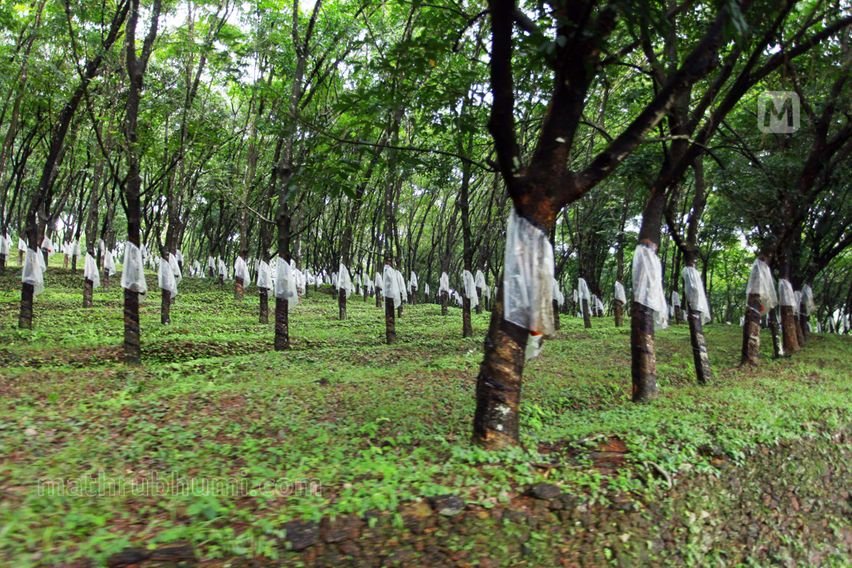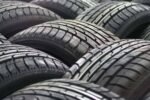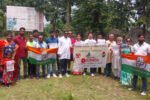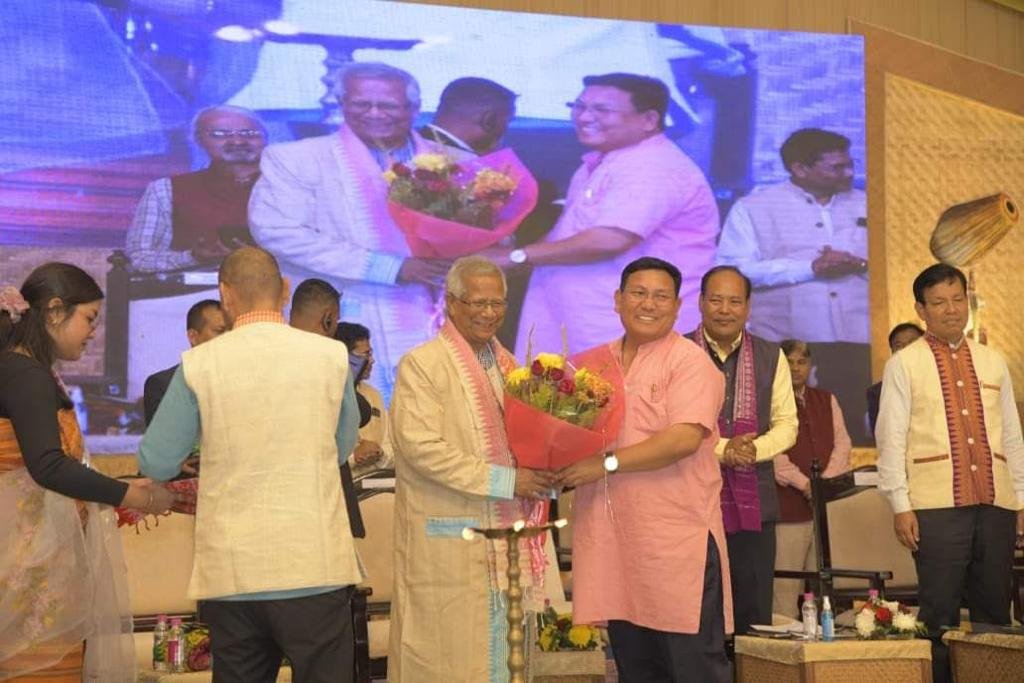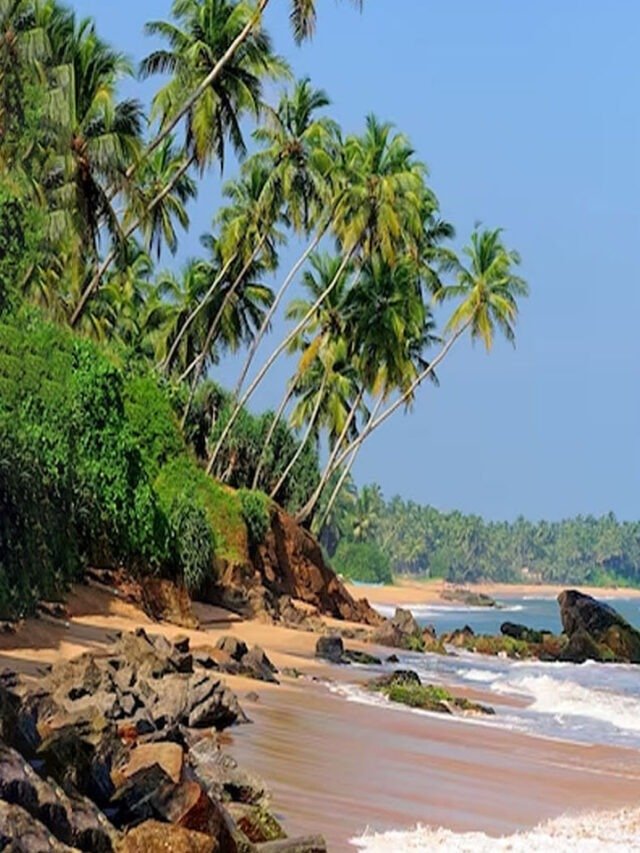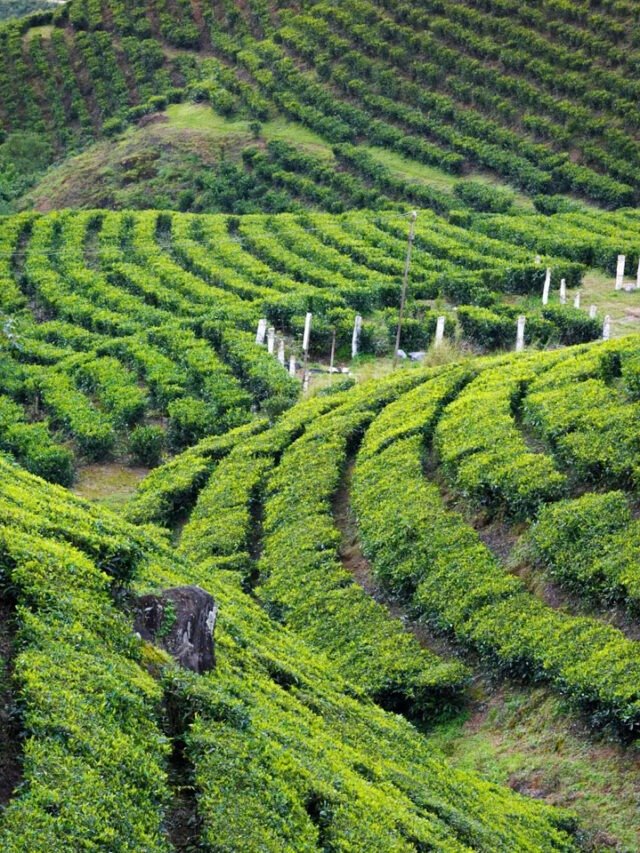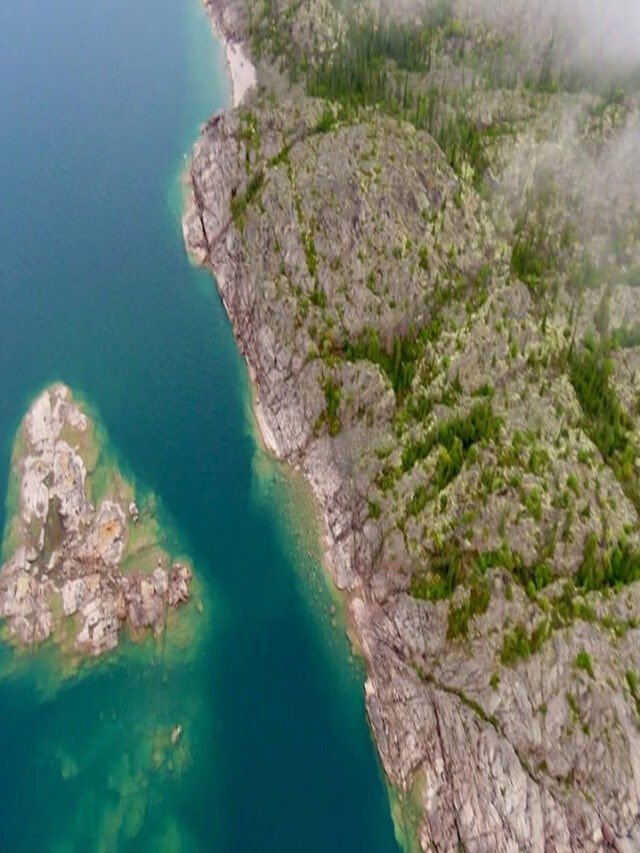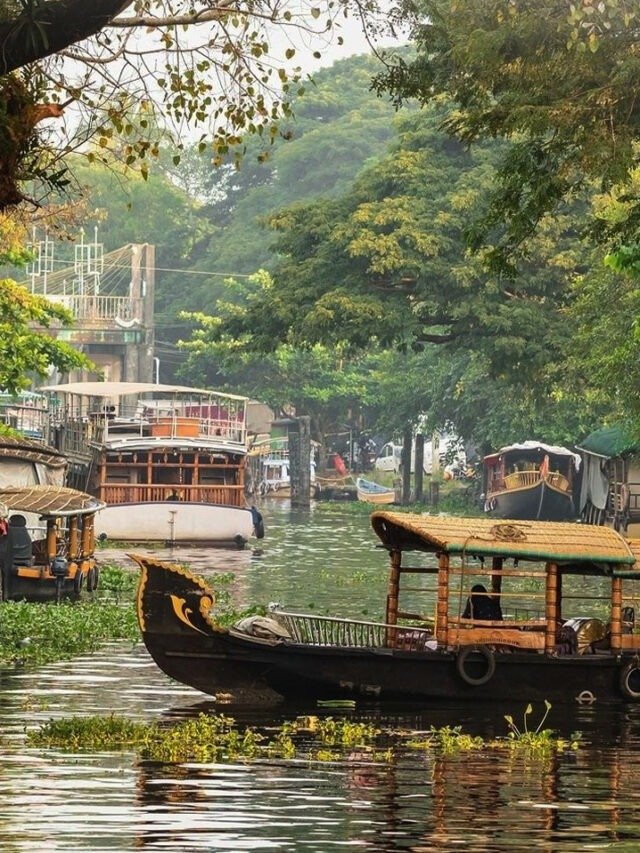HT Bureau
GUWAHATI, Dec 3: Natural Rubber (NR) plantation in the North East under Project INROAD (Indian Natural Rubber Operations for Assisted Development) for FY2024-25 stands completed. In the first four years of the project, an area of 125,272 hectares (ha) has been covered under new NR plantations across 94 districts in the North East and parts of West Bengal. This represents one of the highest NR plantation achievements ever in the country within a span of four years. INROAD is a landmark initiative and the first of its kind in the world, where the tyre industry is contributing directly towards the development of rubber plantations. The project entails the development of 200,000 ha of rubber plantations in the North Eastern states and West Bengal, financially supported by four members of the Automotive Tyre Manufacturers Association (ATMA), including Apollo, Ceat, JK, and MRF. The project is being implemented by the Rubber Board of India.
“Notwithstanding challenges, nearly 90 percent of the plantation target for the first four years under Project INROAD has been achieved. Beyond expanding planting areas, the project has seen significant progress in strengthening local nurseries and building grower capacities—a testament to the collaborative efforts among tyre companies and the Rubber Board of India,” said Rajiv Budhraja, director general, ATMA, on the completion of four years of INROAD.
During the last four years of the project, a record 5.3 crore planting materials have been distributed. The project has reached out to resource-deprived populations in the designated states, engaging farmers with landholdings of less than one acre. Once completed, the project is poised to uplift the economic and social status of 2.5 lakh beneficiaries.
The share of the North East in India’s area under NR plantation before the launch of the INROAD project was 23 percent. Once the objective of developing plantations in an additional 2 lakh ha under the INROAD project is achieved, it is estimated that the share of NE states will increase to 38 percent. Similarly, the share of the North East in India’s NR production will rise from 16 percent currently to 32 percent. “As the plantation reaches a critical stage, the next component of the project is the development of infrastructure, such as the creation of model smokehouses and the dissemination of new practices among rubber growers,” added Budhraja.


